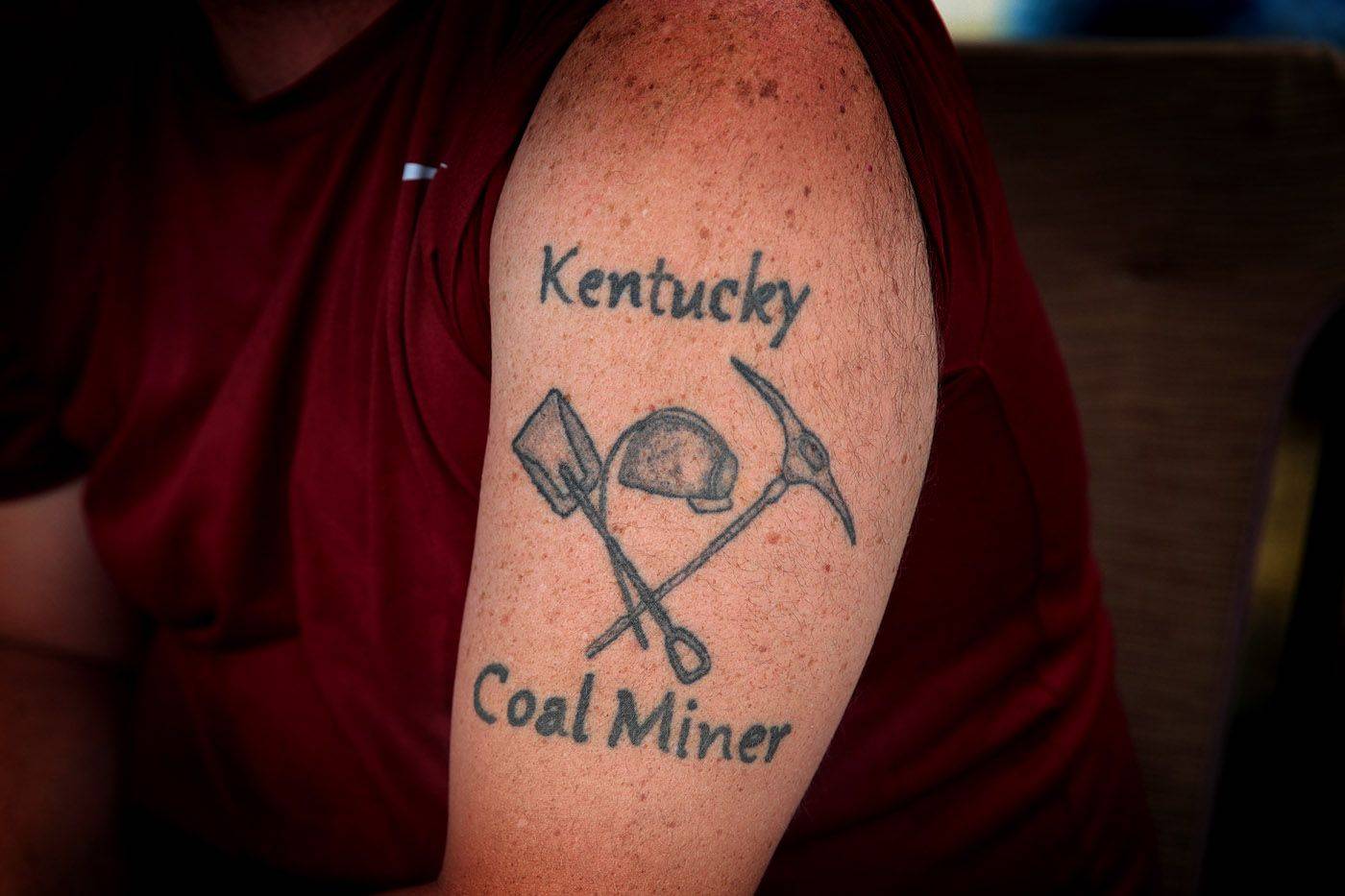Bobby Stevens’s backup plan for his backup plan encountered an obstacle a few months ago. In March the coronavirus pandemic closed the Kentucky government building where he was set to take his commercial driver’s license test, which he started studying for after he got dismissed by his second coal company in a year, where he’d started working after the first one went bankrupt.
The bankruptcy of coal giant Blackjewel LLC, which terminated Stevens and about 1,700 other workers in four states, made international news last summer when some of them blocked railroad tracks in Harlan County, Kentucky, over unpaid wages. It didn’t take long for Stevens’s next employer, Perry County Coal LLC, to start making its own cuts. "I guess we’re going to be like a dying breed,” says Stevens. The son of a coal worker, he got his first mining job when he was 18 years old. Now, at 30, he’s leaving the industry.
Mining has always been physically risky, and right now the job is more insecure than ever. The industry is collapsing. Last year, U.S. coal consumption declined by 13 percent from the previous year, plunging at the fastest rate in 65 years. Wind and solar are becoming cheap and widespread, boosting hopes for a healthier, lower-emissions future — and fueling a slew of bankruptcies. For the first time on record, the world’s coal-fired power capacity decreased in the first half of this year, as plant closures outpaced the activation of new ones.



















With your current subscription plan you can comment on stories. However, before writing your first comment, please create a display name in the Profile section of your subscriber account page.